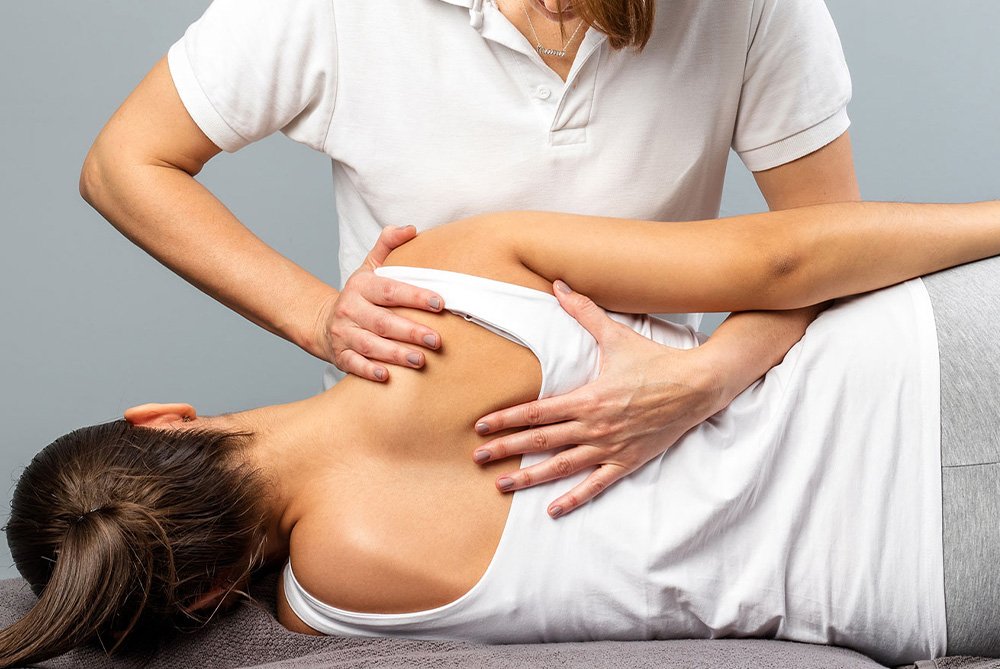Participants will be able to:
- Explain the theoretical principles of dry needling and trigger point therapy.
- Identify and palpate active and latent myofascial trigger points.
- Demonstrate safe and effective dry needling techniques for major muscle groups.
- Integrate dry needling with manual therapy, exercise, and rehabilitation.
- Apply clinical reasoning for regional and condition-specific treatment.
- Identify and manage complications and contraindications.
Course Outline
Module 1: Introduction and Theory
- History and principles of dry needling
- Types: superficial vs deep
- Differences from acupuncture
- Mechanisms: local twitch response, neurophysiology, inflammation control
Module 2: Trigger Point Science
- Definition and classification of MTrPs
- Palpation techniques
- Referred pain and satellite trigger points
Module 3: Indications, Contraindications, and Safety
- Absolute and relative contraindications
- Infection control and aseptic techniques
- Adverse effects and risk mitigation
- Informed consent and documentation
Module 4: Practical Skills – Foundational Techniques
- Needle handling and disposal
- Muscles: upper trapezius, levator scapulae, gluteus medius, QL, gastrocnemius
- Post-needling care and movement guidance
Module 5: Advanced Concepts & Integration
- Neurofascial connections
- Central sensitization and chronic pain patterns
- Deep structure needling (e.g., psoas, SCM, temporalis)
- Complex cases and protocol development
Teaching Methodology:
- PowerPoint lectures and visual anatomy aids
- Guided hands-on demonstrations
- Supervised practice sessions (1:4 instructor ratio)
- Real-case clinical simulations and peer practice
- Discussion and Q&A panels
Assessment and Evaluation:
- Pre- and post-course knowledge tests
- Practical skill demonstration checklist
- Case-based reasoning exercises
- Instructor feedback and peer review






